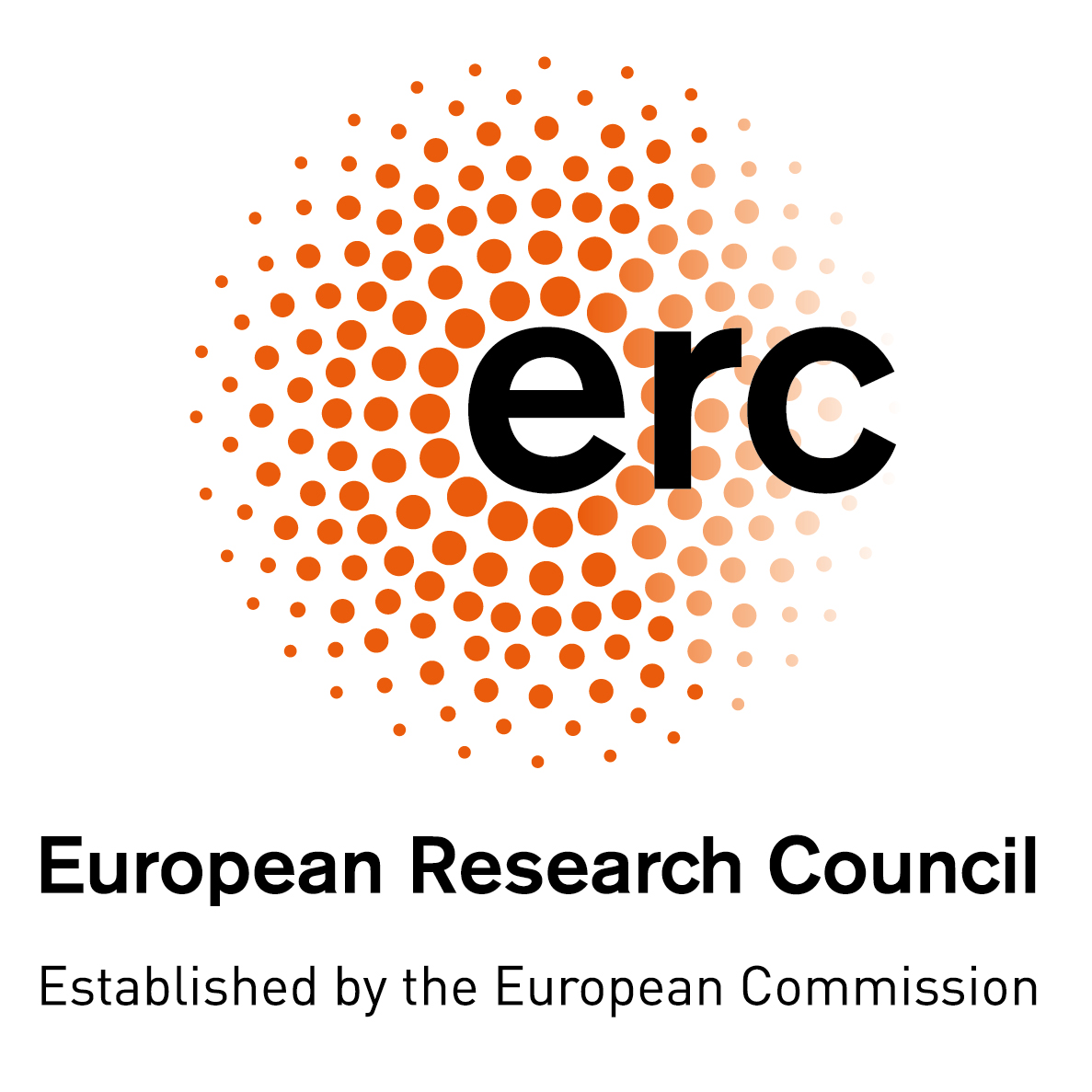

-
Engineering and technology
- Automation and control systems
- Modelling not elsewhere classified
- Other (bio)medical engineering not elsewhere classified
Epilepsy is a common and debilitating chronic neurological disorder. Furthermore, a large fraction of patients suffers from refractory (drug-resistant) epilepsy. Responsive electrostimulation is a state-of-the-art treatment for refractory epilepsy but is invasive and not cell-type selective. As a result, the surgery is susceptible to complications, e.g., haemorrhage and infection, and overstimulation due to false-positive epilepsy detection can cause brain region overactivity and even induce seizures. In contrast, ultrasound neuromodulation (UNMOD) is a recent, non-invasive and cell-type selective technique, that promises to pave the way for truly inhibitory protocols. The goal of this project is to design and optimize a first-of-its-kind minimally invasive closed-loop UNMOD treatment for refractory epilepsy. Acousto-electric heterodyning will be used to realize remote non-invasive hippocampal neurorecording. Subsequently, a controller will detect seizures and will trigger neuromodulatory insonication with a miniaturized subcutaneously implanted phased array. Moreover, an alternative non-invasive and closed-loop technology will be designed, for testing and patient selection before implantation. The main hurdle towards the realization of this disruptive treatment is our limited understanding of the underlying mechanisms of UNMOD and acoustic neurorecording. I intend to close this knowledge gap by developing an experimentally validated, comprehensive and morphologically-realistic computational framework of the ultrasound-sensitive hippocampal formation. Subsequently, this model will be used to optimize the insonication and recording protocols and to design the transducer and electrode arrays. This project concentrates on focal epilepsy, but the envisioned minimally- to non-invasive, cell-type specific, closed-loop technology with millimeter resolution, has the potential to revolutionize also the treatment of other brain and peripheral nerve disorders.